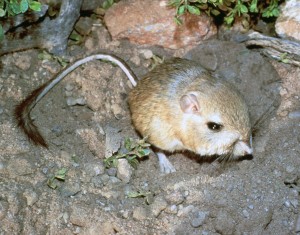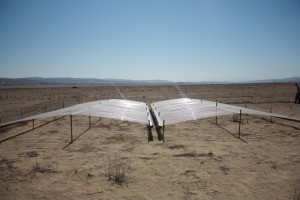Our group’s work in Carrizo Plain National Monument, a semi-arid grassland ecosystem 100 miles northwest of Los Angeles, was highlighted in the Washington Post last week in a conversation about the cascading effects of California’s drought on native wildlife. In particular, the article focuses on the effects of Carrizo’s gradual conversion from grassland to desert on the Endangered and charismatic Giant kangaroo rat, Dipodomys ingens. Brashares was subsequently interviewed about these drought effects by Alex Wagner on MSNBC and Peter O’Dowd on Here and Now.


Previous work in our group has shown that kangaroo rats are also industrious ecosystem engineers: by grazing plants and digging expansive burrow networks that are used by many other small mammal species, they significantly enhance the diversity and abundance of the ecosystem’s flora and fauna. Now, without enough grass to forage, Carrizo’s kangaroo rat population is declining. As Justin is quoted in the article, “That whole ecosystem changes without the giant kangaroo rat.” Click here to see the full Post article and read more about this research.